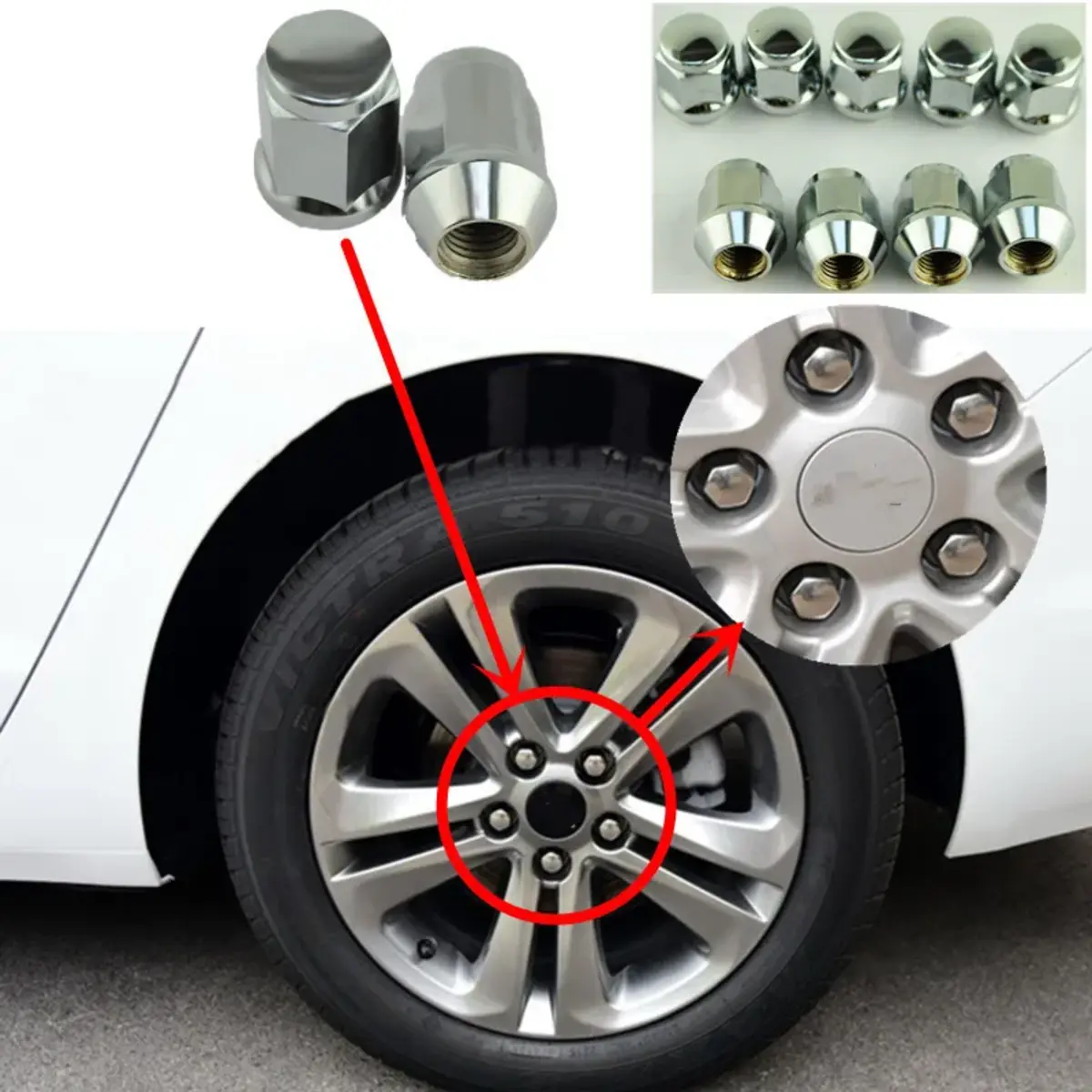Bolts and Nuts for Vehicles: In the automotive industry, attention often gravitates toward engines, transmissions, or suspension systems. Yet, the humble bolt and nut are the unseen heroes keeping vehicles safe, steady, and reliable on the road. From securing wheels to holding together critical structural components, these small fasteners play an outsized role in vehicle safety and performance. Choosing the right bolts and nuts is not just a matter of fit—it’s a matter of engineering integrity.
Why Bolts and Nuts Matter in Automotive Safety
Every vehicle is a complex assembly of thousands of parts. Bolts and nuts are the joints that hold these parts together. A wheel bolt that loosens, a suspension nut that fatigues, or a chassis fastener that fails can cause catastrophic outcomes. The quality and design of bolts and nuts directly influence durability, vibration resistance, and overall safety.
High-performance fasteners must endure:
- Vibration and torque stresses from engines and road conditions.
- Thermal expansion from heat cycles in brakes, exhaust, and engines.
- Corrosion threats from water, salt, and chemicals.
For manufacturers, mechanics, and fleet operators, ensuring that the right fastener is used in the right place is essential for preventing failures and minimizing costly repairs.
Types of Automotive Bolts and Nuts
Not all fasteners are created equal. Automotive applications require specialized types:
- Hex Bolts and Nuts – Commonly used across chassis and engine components for their strength and versatility.
- Wheel Bolts and Lug Nuts – Specifically engineered to secure wheels, with added safety features to withstand rotational forces.
- Flange Bolts and Nuts – Engineered with built-in washers to ensure uniform load spread, minimizing the risk of loosening from vibrations.
- Lock Nuts and Locking Bolts – Incorporate nylon inserts or special threads to prevent loosening.
- High-Strength Alloy Bolts – Used in performance and heavy-duty applications where tensile strength is critical.
Each type addresses unique challenges. A general-purpose bolt cannot replace a wheel lug nut, just as a suspension fastener cannot be swapped with a standard hardware bolt.
Material and Coating Considerations
Material choice directly affects strength, weight, and corrosion resistance:
- Carbon Steel – Strong and cost-effective, widely used in structural applications.
- Alloy Steel – Enhanced with elements like chromium or molybdenum for high strength and fatigue resistance.
- Stainless Steel – Rust-proof and suitable for conditions exposed to humidity and chemical agents.
- Titanium – Lightweight and exceptionally strong, often used in performance and racing vehicles.
Coatings add another layer of protection. Zinc plating, hot-dip galvanizing, or phosphate coatings shield fasteners from corrosion and extend service life. In regions with heavy winter road salt or coastal exposure, coated bolts and nuts are not optional—they are a necessity.
Standards and Certification
Automotive fasteners must meet international standards to ensure consistency and safety. Key benchmarks include:
- ISO and DIN Standards – Defining dimensions, materials, and performance tolerances.
- SAE Standards – Commonly used across North America as a standard for strength classification.
- OEM Specifications – Automakers often set their own higher requirements for critical applications.
Working with suppliers who provide certified bolts and nuts guarantees that every piece meets or exceeds these benchmarks, reducing the risk of substandard parts entering the supply chain.
Practical Advice for Automotive Professionals
Choosing the right bolts and nuts is both a technical and practical decision. Professionals should:
- Match the fastener to the load requirement – Never substitute a lower-grade bolt for a high-strength application.
- Consider torque specifications – Over-tightening can stretch threads, while under-tightening can cause loosening.
- Use anti-seize and thread-locking compounds where appropriate – These small steps prevent galling and unwanted loosening.
- Replace, don’t reuse, critical fasteners – Especially for suspension, brake, or wheel assemblies. Fatigue can accumulate invisibly.
- Procure from reputable vendors – steer clear of off-the-shelf bolts for automotive use. Certified automotive fasteners are engineered for safety.
Bolts and Nuts as the Foundation of Reliability
Baut: While they may be small, bolts and nuts hold the automotive world together—literally. Their proper selection ensures not just a smooth and steady ride but also long-term reliability and safety. For manufacturers and service professionals, understanding the differences in types, materials, and standards is a responsibility that directly impacts drivers on the road.
Investing in the right bolts and nuts isn’t just about compliance—it’s about trust, safety, and performance. When every fastener counts, there’s no room for compromise.



